
via this auction
"16 programmable presets are available. The unusual thing about this synth is that instead of the common "Cassette Interface" on the back of most of the Sources, this one has a 5-pin jack that says SYNC IN. I have read that this was a feature that made the Source usable with some Roland equipment of the same era. I've never used this feature but I noticed it was unusual. I couldn't find any mention of the Sync In feature in the manual, it only talks about the models with the Cassette Interface."

Anyone know more about the Sync In?
Update via Kelly in the comments: "There were three eras of Sources. the earliest does not have DIN Sync. Then there is a "retrofit" era where it was added at the factory but without any silkscreening, so labels were affixed to the outlets. Then the final run that the silkscreening in black (like the one pictured)."
via Zero: "It's a DIN Sync jack making it compatible with Roland Drum machines of the era. I think it was 24ppq."
!B2k~%24(KGrHgoH-EYEjlLl0H2jBJ8JWMc3fw~~_12.JPG) via Analogika: "The Sync input was standard on all later Sources (it's mentioned in my manual as an addendum from February 9, 1983). There was a period were the cassette input was re-assigned to sync in via factory retrofit, and a sticker applied to the rear of the case.
via Analogika: "The Sync input was standard on all later Sources (it's mentioned in my manual as an addendum from February 9, 1983). There was a period were the cassette input was re-assigned to sync in via factory retrofit, and a sticker applied to the rear of the case.It's a rather bizarre semi-solution.
The arpeggiator needs a clock signal in order to run, but the actual notes are triggered by pulses to the "reset" in.
The sequencer will run in sync to the DIN 24 signal, AFAIK - I must confess I've never tried it, and my Source is currently cased up for live performance. :-)
-chris."
Update2: you can find a doc on the drum interface for the Source here.


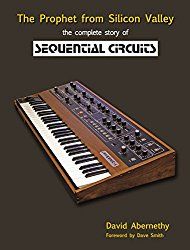
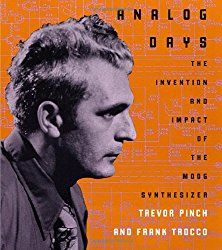
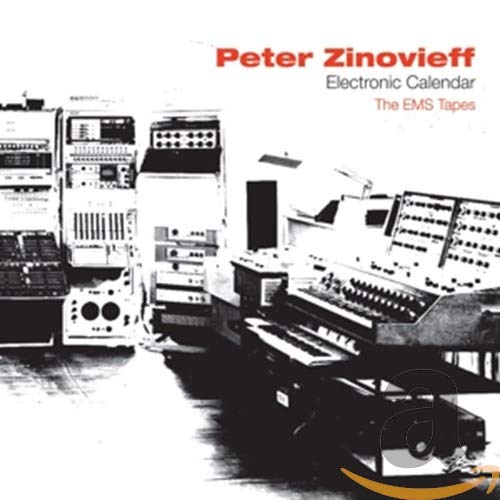
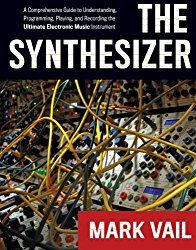
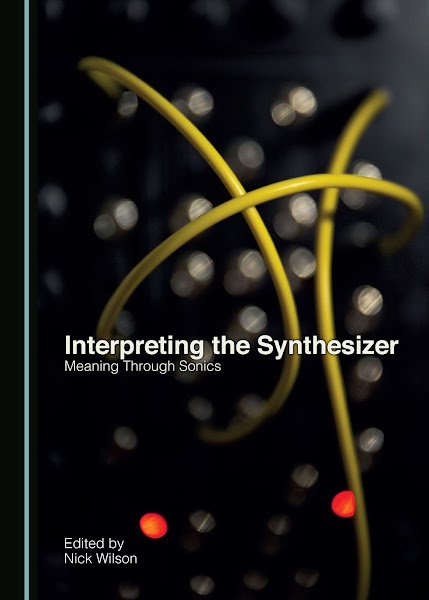
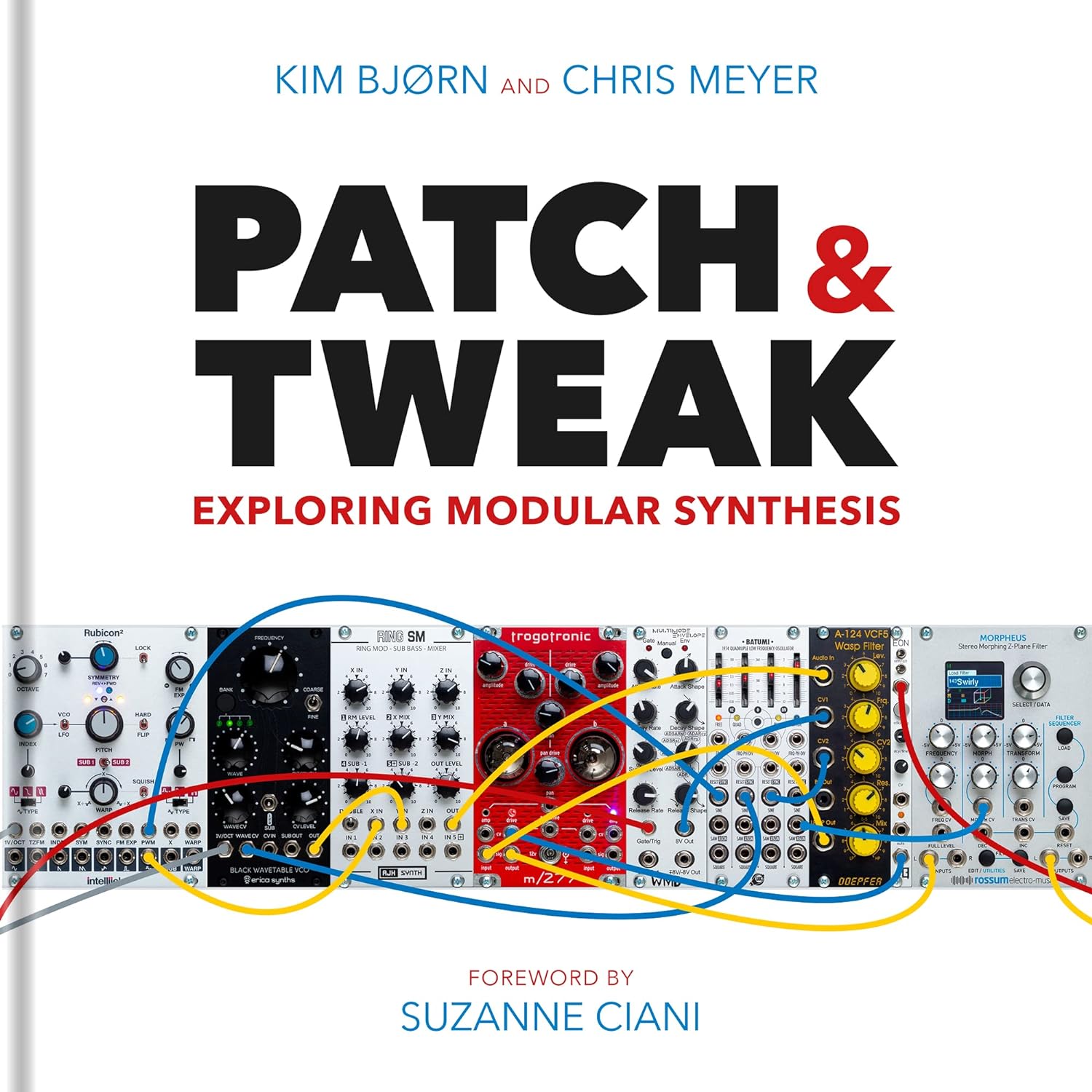
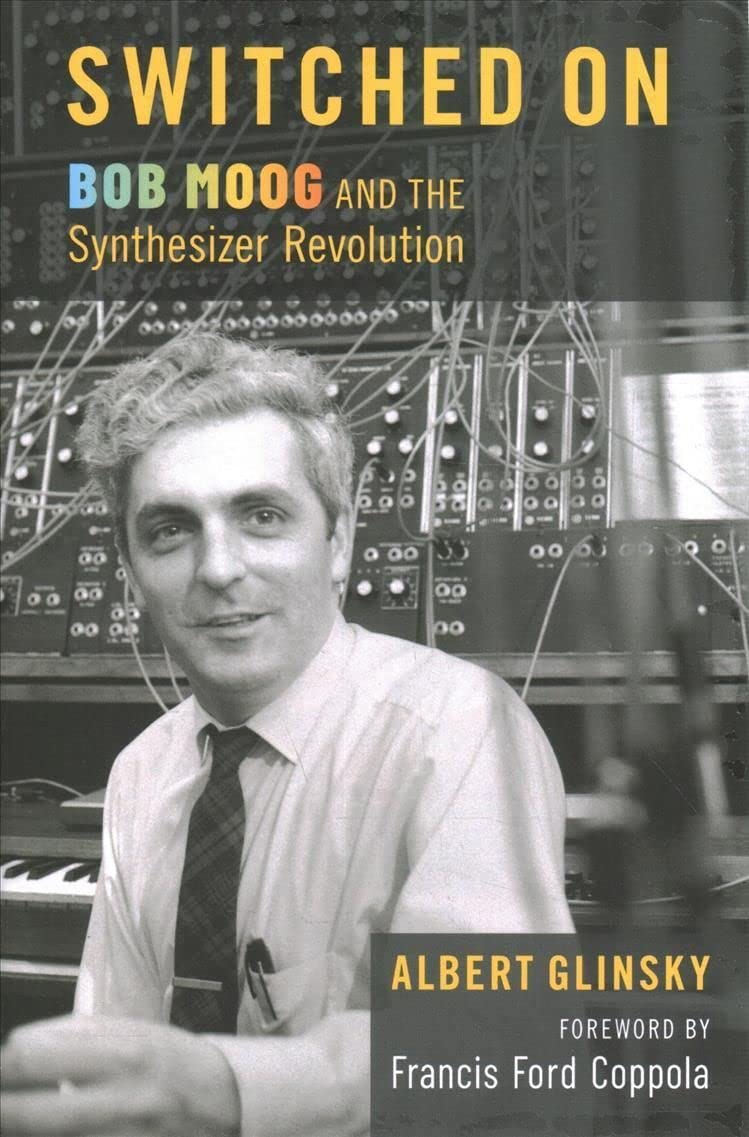
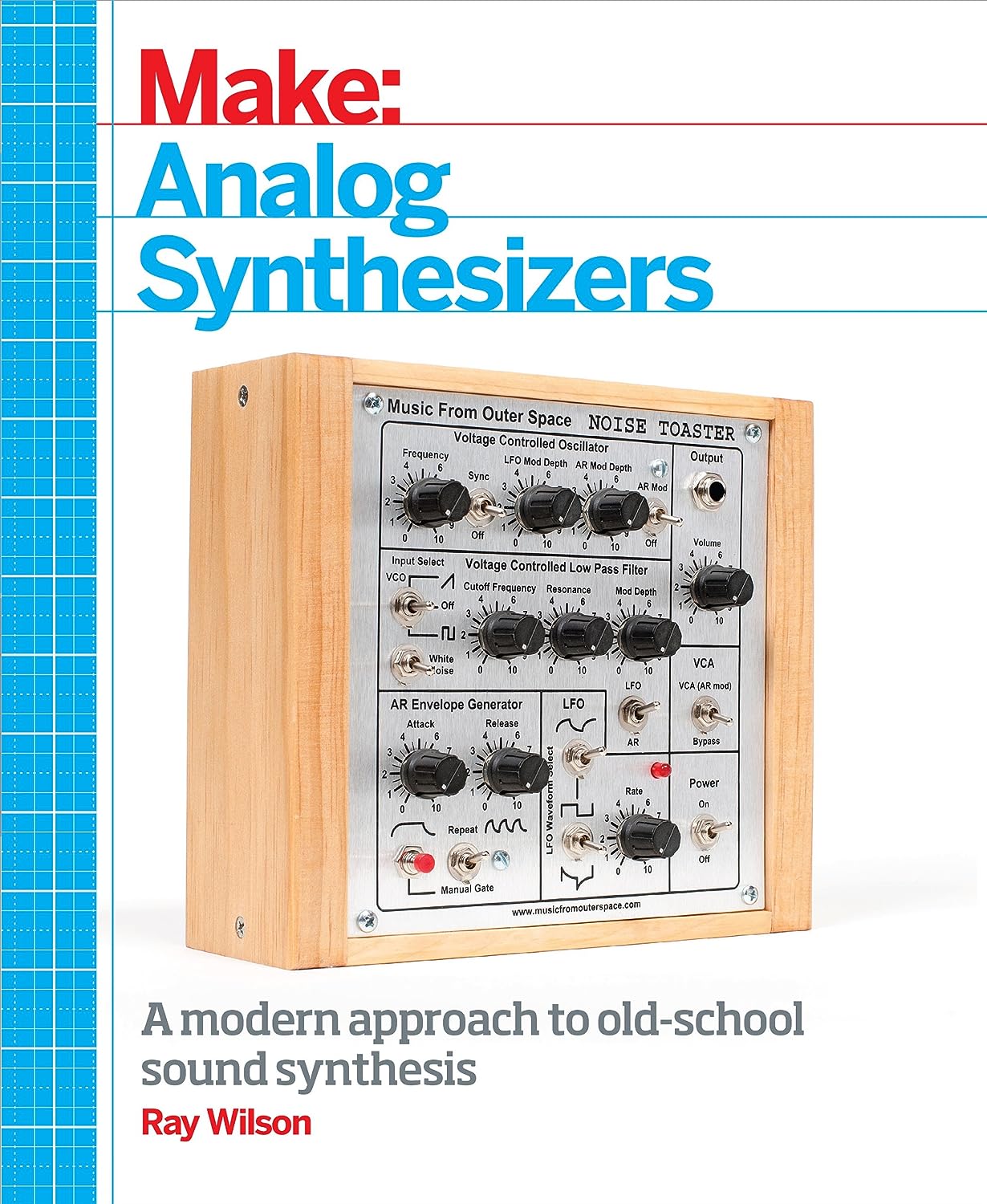
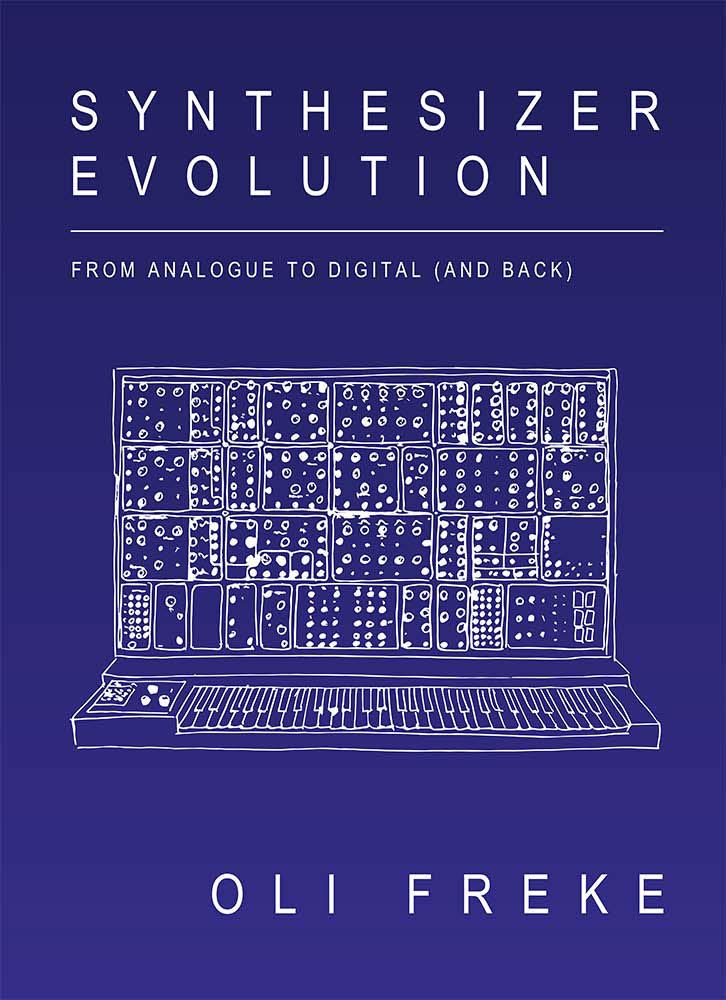
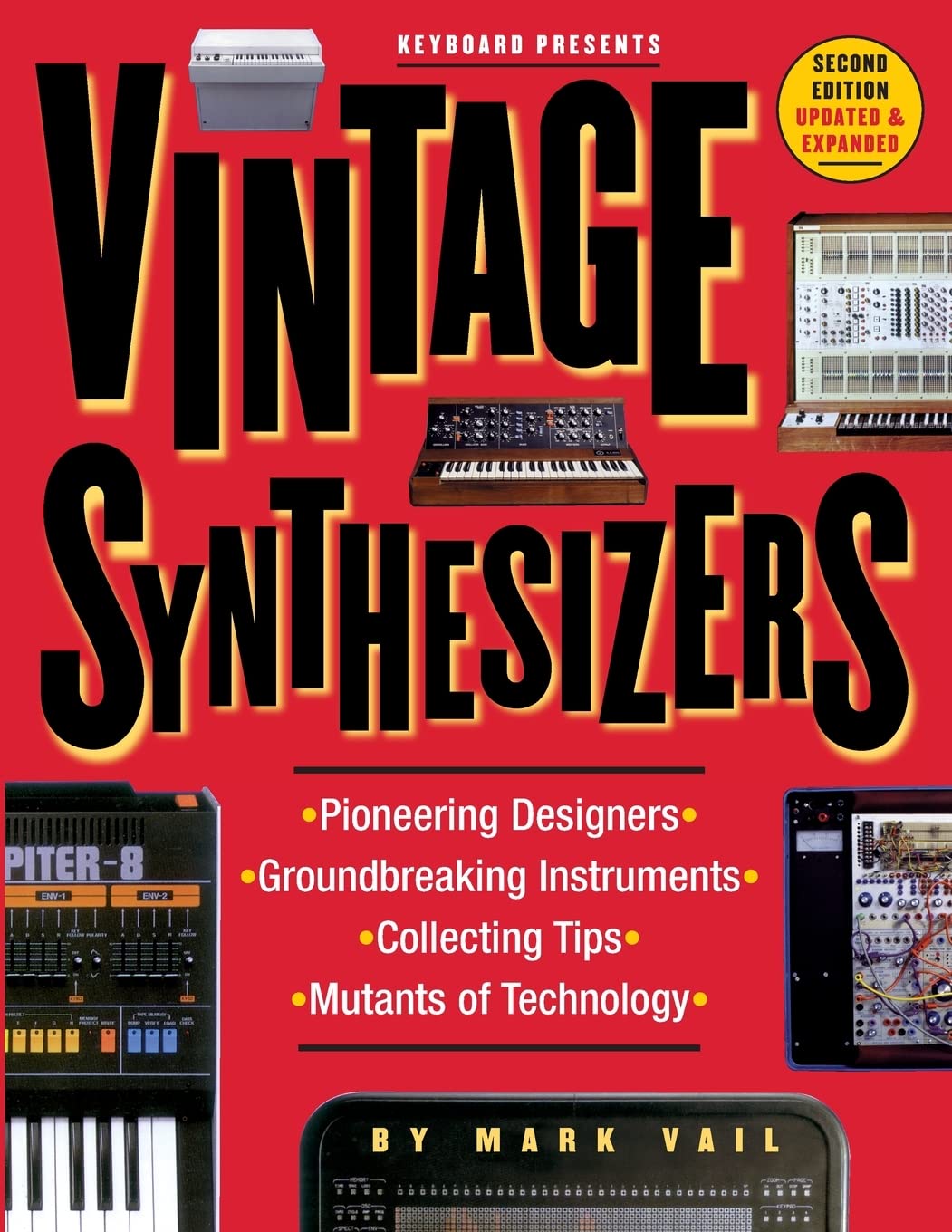

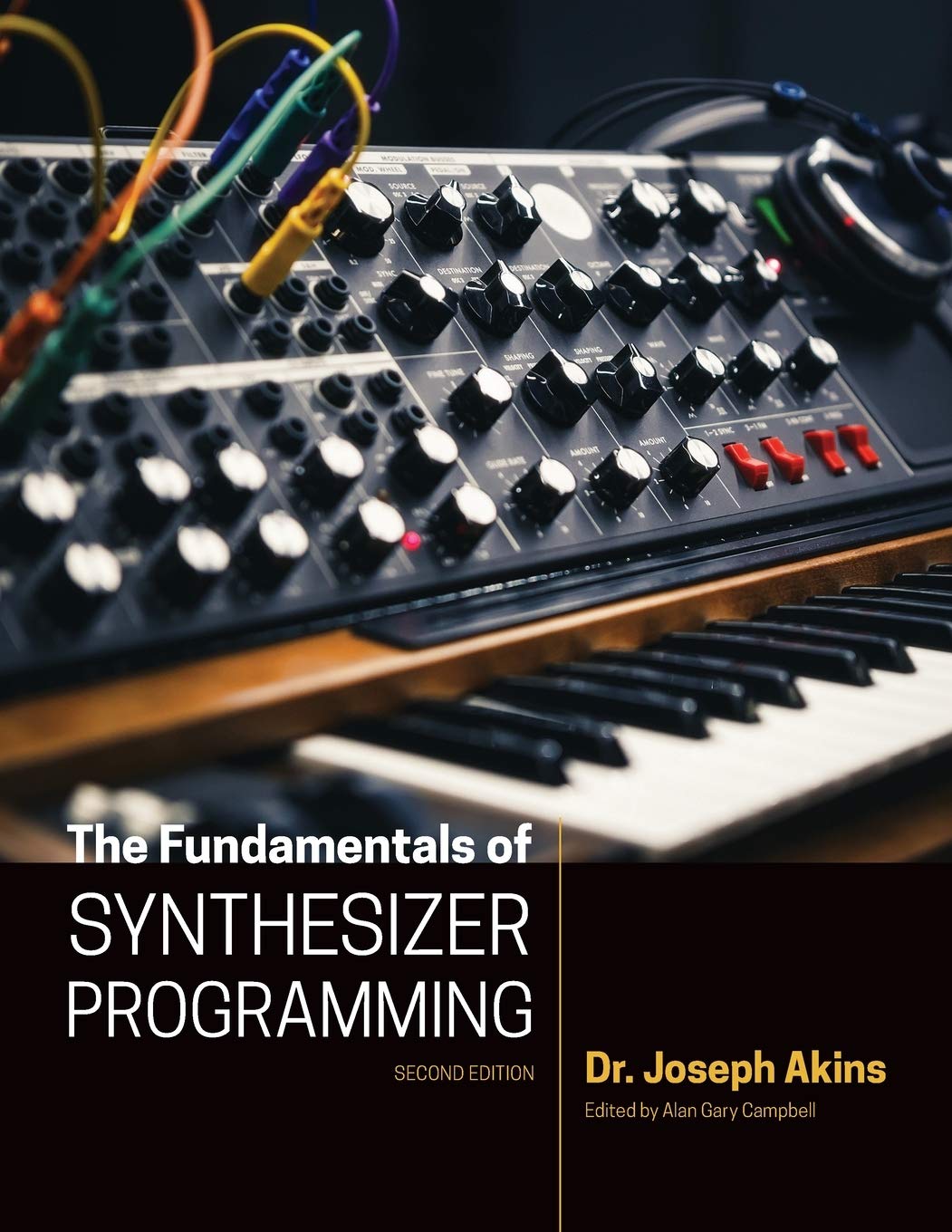














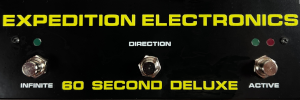
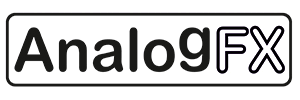









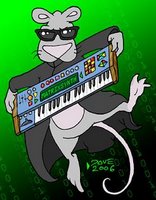
interesting.. but i have no idea...
ReplyDeleteIt's a DIN Sync jack making it compatible with Roland Drum machines of the era. I think it was 24ppq.
ReplyDeleteThere were three eras of Sources. the earliest does not have DIN Sync. Then there is a "retrofit" era where it was added at the factory but without any silkscreening, so labels were affixed to the outlets. Then the final run that the silkscreening in black (like the one pictured).
ReplyDeleteThe Sync input was standard on all later Sources (it's mentioned in my manual as an addendum from February 9, 1983). There was a period were the cassette input was re-assigned to sync in via factory retrofit, and a sticker applied to the rear of the case.
ReplyDeleteIt's a rather bizarre semi-solution.
The arpeggiator needs a clock signal in order to run, but the actual notes are triggered by pulses to the "reset" in.
The sequencer will run in sync to the DIN 24 signal, AFAIK - I must confess I've never tried it, and my Source is currently cased up for live performance. :-)
-chris.